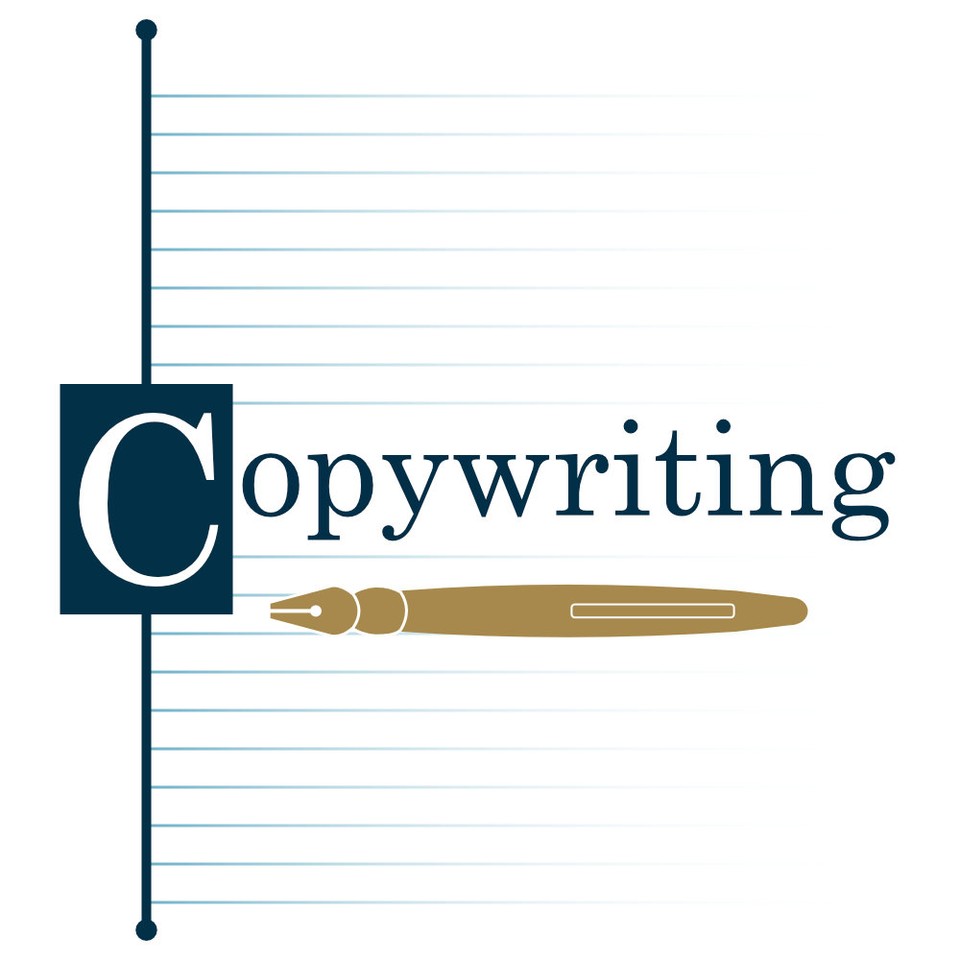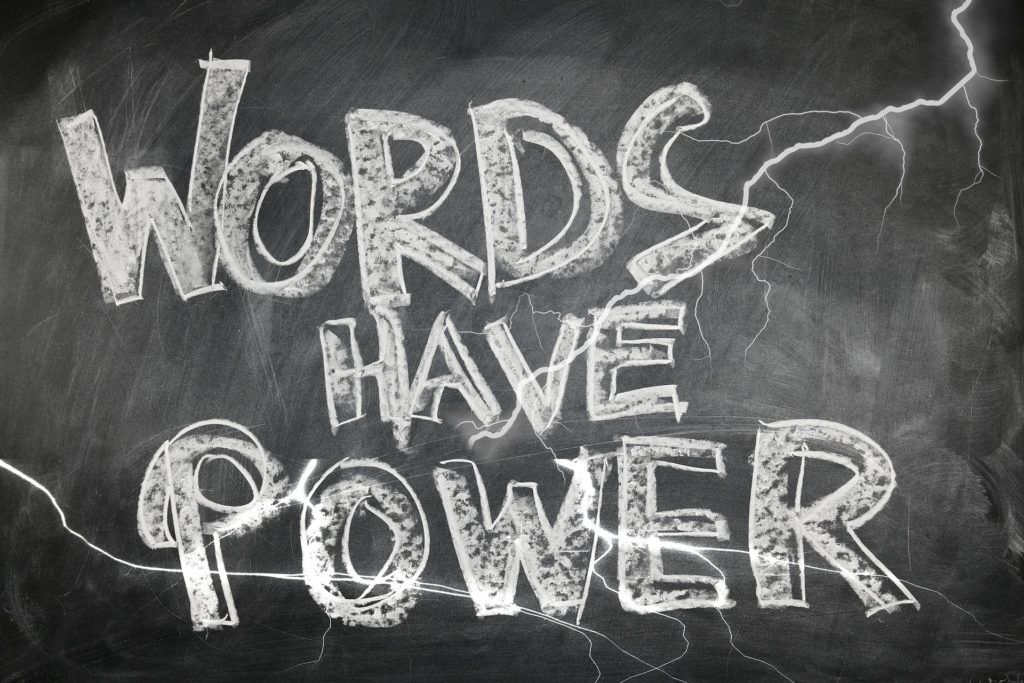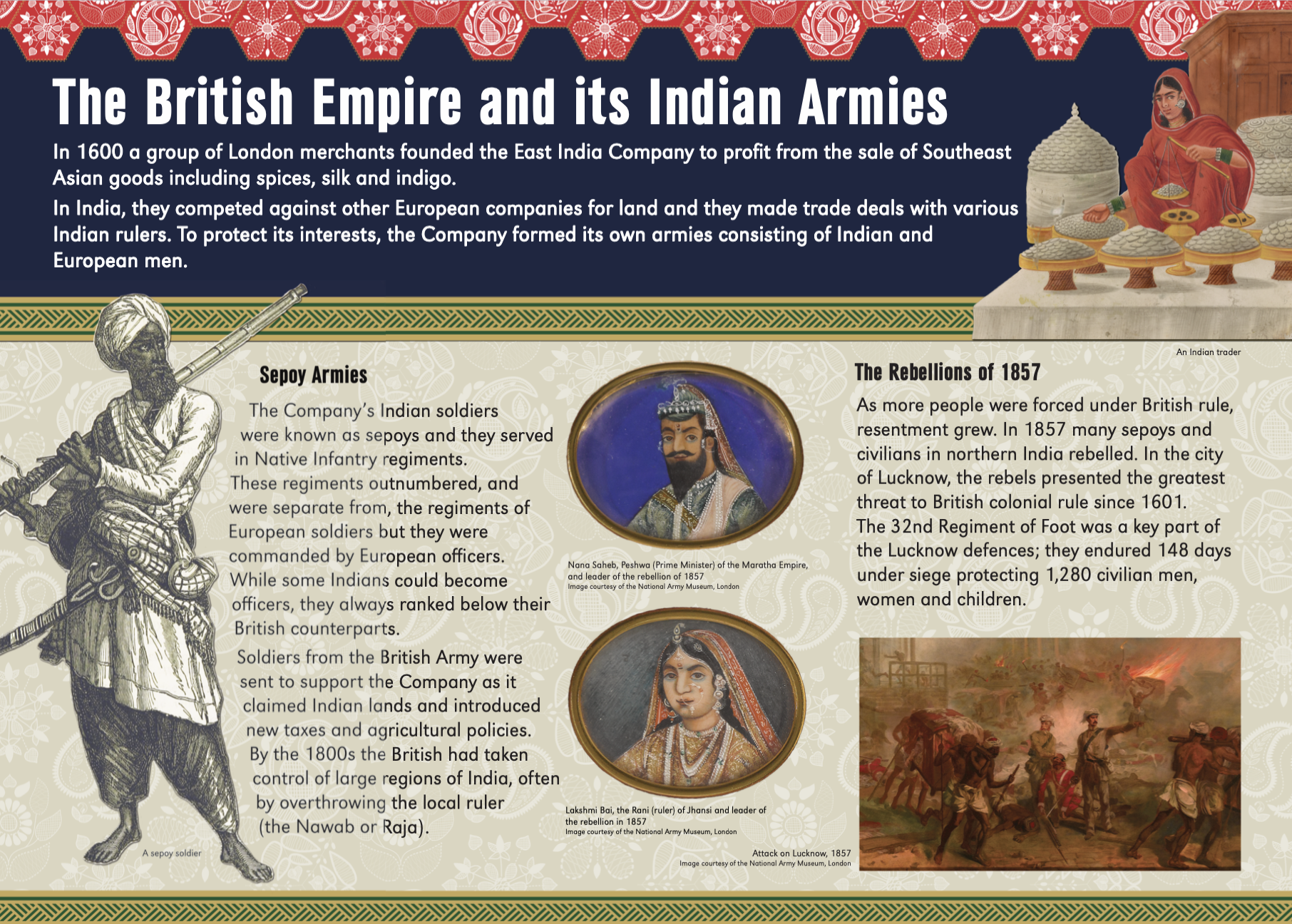Everything You Need To Know About Event Promotion!
Event planning can be stressful – the last thing you need is to worry about the promotion! Don’t panic: we’ve got plenty of tips…

Have you ever thought about your business, event or organisation’s voice? It might sound like a crazy question, but trust us, it’s more important than you might think!
Striking the right tone is vital when it comes to all of your communication – both online and off – which is why the writing style you use on your website, in any press releases you send and even in your social media posts, can be a big decision. What works for one group might be completely wrong for another!
At Little Bird Creative, we’re proud of our track record when it comes to creating engaging copy in a wide variety of styles. So, we thought we’d share some of our top tips to help you get the most out of your written content!

As mentioned above, the first thing you need to do is work out what your organisation or event’s voice actually sounds like. It’s a personal decision and one that will differ from group to group. A clear, consistent tone to your writing across all platforms helps people to know what to expect from you and strengthens your brand identity.
Think about who you’re trying to appeal to and what they might be looking for, as well as considering what qualities you want your organisation to be known for. Fun? Helpful? Reliable? The answers to those questions will help you get a better idea of the tone to use in your writing.
A good starting point is…
You don’t have to veer to either extreme unless it’s really necessary – few organisations are going to have a completely black and white approach to their copywriting, after all – but it’s a good idea to choose a level of formality and keep it as your baseline.
Once again, this is going to be dependent on who you are, the services you’re offering and how you want to be perceived. For example, there’s a reason lawyers don’t have websites written in text speak! On the other hand, a music group for children might not want extremely formal website copy that makes what they do sound more fuddy-duddy than fun…

Striking the right balance helps you to share your stories in a way that makes sense for your organisation.
Remember that the level of formality you use doesn’t have to be set in stone for every piece of copy: writing has a variety of purposes and a serious tone to your website doesn’t mean you can’t have a far more casual press release to advertise an upcoming event. Yes, consistency is key, but so is knowing your audience and being aware of when to change things up!

The next step is to think about the purpose of your writing. Are you trying to encourage people to come to an event or exhibition? Are you hoping to encourage people to buy a product or make a donation to your cause?
If the answer to any of the above is “yes,” then it’s time for you to consider making the most of persuasive writing!
Persuasive writing does what it says on the tin – it tries to convince the reader to do or feel something – and it’s a tool that’s often used in advertising.
This writing style makes use of emotive language and can even incorporate questions, to really get your readers thinking. Consider why someone should buy your product or visit your event, then use everything from personal anecdotes to puns and word-play to tell them what they’re missing if they don’t!
The relationship between author and reader is especially important in this form of writing, so address your audience directly!
If persuasive writing is all about making an emotional connection with your audience, expository writing is its more logical, objective sibling.
This style of writing has a number of important uses, from laying out historical facts for museum exhibit panels (as seen in the panels we designed for Bodmin Keep’s Lucknow exhibition), to presenting stats and figures. If you’re writing a business progress report, or putting together a “how-to guide” on your website, you’re going to need facts, presented clearly and in a logical order, without your opinion getting in the way. Or, to put it another way, you’re going to want to write in an expository style!


Descriptive writing is designed to transport your readers to another place. It sparks their imagination, helping them to feel as though they can see, touch and even taste the things you’re telling them about. When you write descriptively, it’s as though your words are popping out of the page, painting pictures for your audience.
Include things like metaphors, onomatopoeia (words like “pop!” where the word sounds like the thing it’s describing), sensory descriptions and personification. Ramp up the emotive language!
This level of description isn’t always going to be necessary and of course there’ll be times when it isn’t appropriate (academic or technical pieces of writing don’t need it, for example!), but if you’re trying to encourage readers to purchase something or to get involved with an event, then a really good piece of descriptive writing could be what swings it!
Of course, you’ll frequently find that your writing changes according to what you’re trying to achieve, or who your audience is for each piece of copy. You might find yourself mixing styles, too which – as long as you aren’t putting opinions into a factual piece – is fine! We hope that reading this blog has put you in the mood to write something amazing, but if you don’t like the thought of doing it yourself…
As you may have guessed, we’re pretty passionate about writing, here at Little Bird Creative, not to mention brimming with ideas about how to get the best out of your copy! Whether you’d like to write something yourself and have us edit it for you, or even create your copy from scratch, all you need to do is get in touch. You can also find out a little more about our copywriting services here!
Event planning can be stressful – the last thing you need is to worry about the promotion! Don’t panic: we’ve got plenty of tips…
In this month’s blog, we look into some of the different uses for copywriting, the tips and tricks you’ll need to keep it fresh and interesting and, lastly, whether it’s worth doing it yourself, or calling in an expert.
These days, having a website for your organisation is indispensable. Thankfully, the wealth of tools available mean that it is easier than ever to design and build your own website, but is it the right choice for you?
This women’s history month, we thought we’d take a look at some of the ways we try to accelerate action – both at work and beyond!